Our first taster of Spain’s top historical sites
we will returnThere’s something to be said about the reminiscing of your travels. And when I wrote my previous two posts on UNESCO World Heritage Sites in Portugal and France, I loved them. So, I thought I’m going to do one for Spain too. Firstly, I didn’t realise Spain had so many UNESCO sites, and secondly, I never realised how many we had already visited.
Gary and I usually look out for UNESCO World Heritage Sites in any regions we travel to. It wouldn’t be right if we didn’t go and hunt down a slice of local history.
Some of these UNESCO sites can get a little overcrowded, and there are a few that you may never even have heard of.
However, regardless of their popularity, they are all worth a visit. Keep an eye out for part 2 of our UNESCO sites to visit in Spain.
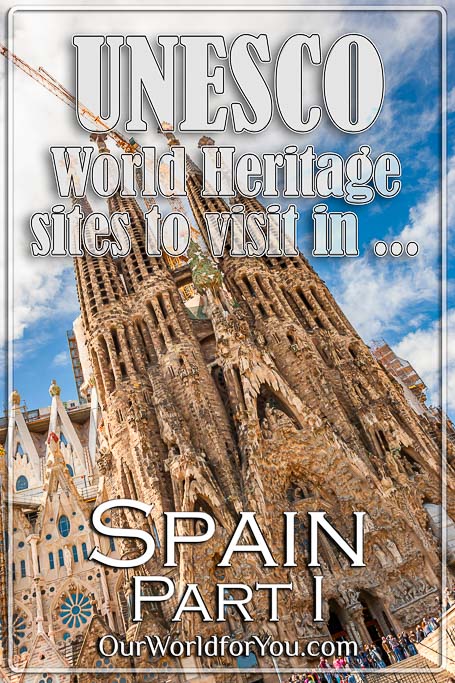
Our first eight
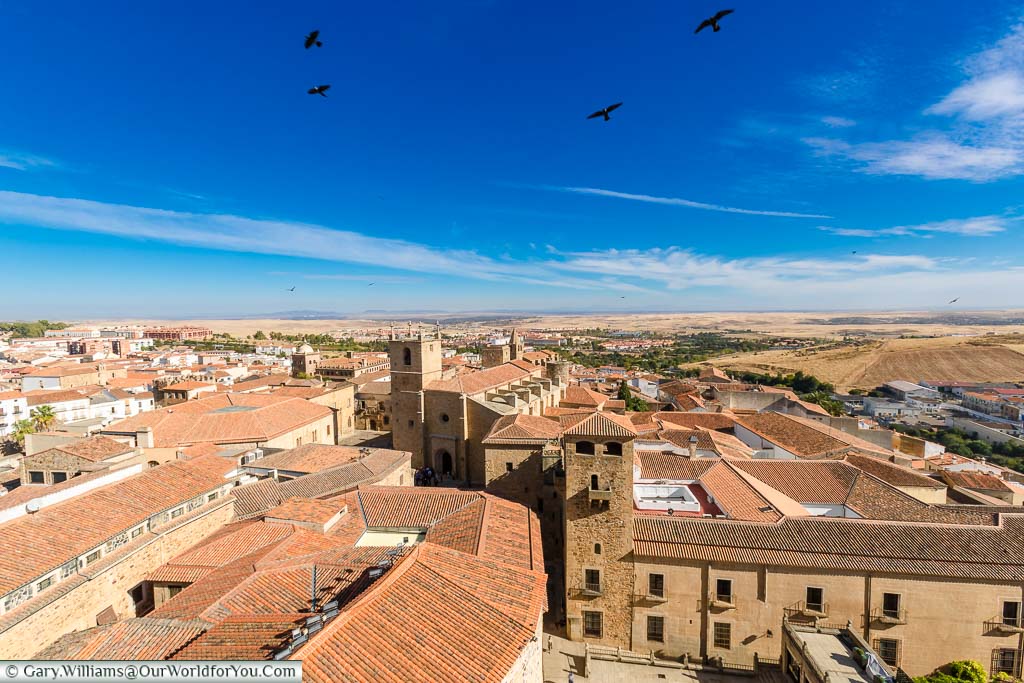
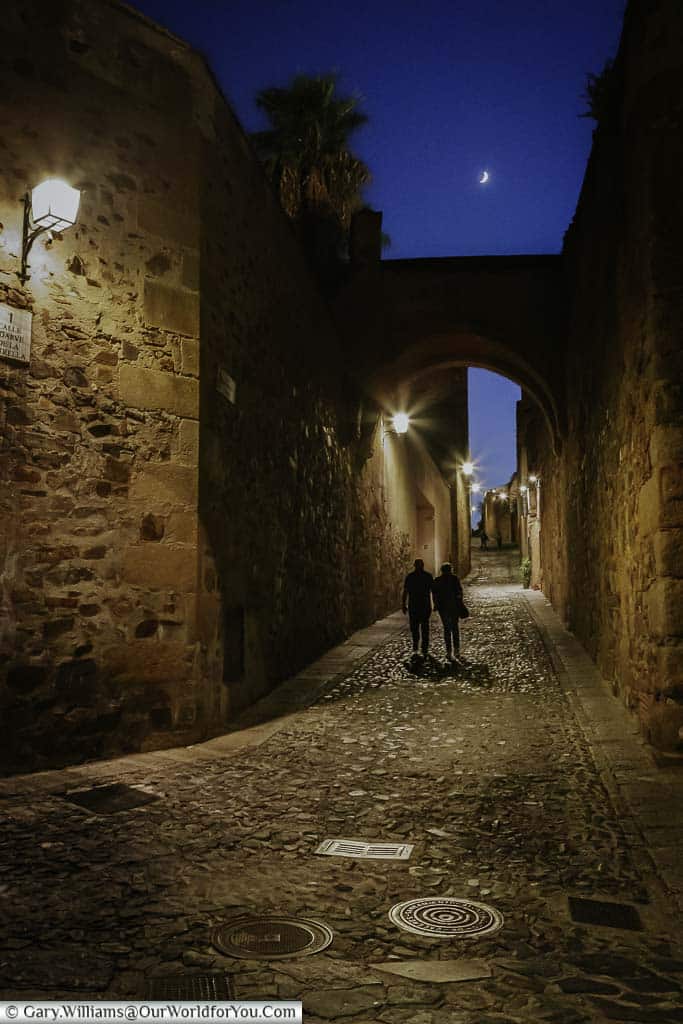
There’s an incredible amount of history here, take a delightful evening stroll amongst the ochre-coloured city walls and weave your way through charming tiny lanes.
Turn after turn you’re greeted with ancient towers, churches and courtyards.
Where to stay in Cáceres
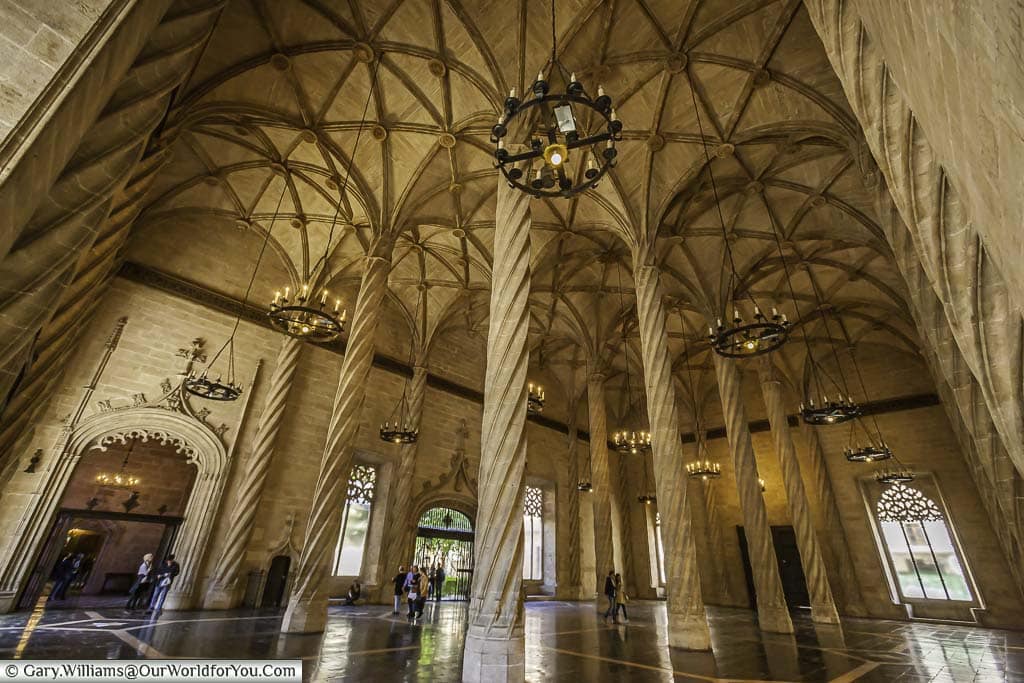
Just after you’ve visited the bustling Mercado pop across the road to the La Lonja de la Seda. Built between 1482 and 1533 in late gothic style, the building was once used a Silk Exchange and added to the UNESCO list in 1996.
It’s beautiful inside, and with an entrance fee of just €2, it’s well worth a visit.
Where to stay in Valencia
The accommodation we chose while staying in Valencia was in the apartment Mon Suites Catedral. It was incredibly central, clean, and peaceful.
Having the apartment gave us many options; however, I loved just stepping out of the door in the morning and finding a traditional café for breakfast filled with Spanish locals.
There are so many incredible places to discover in Spain and I love planning a mini-break. I often use the DK Eyewitness books, I find them extremely informative, easy to follow and the pictures and maps tempt you into searching for more.
We used a previous version of this book to plan our trip to Valencia, now you can grab the revised copy.
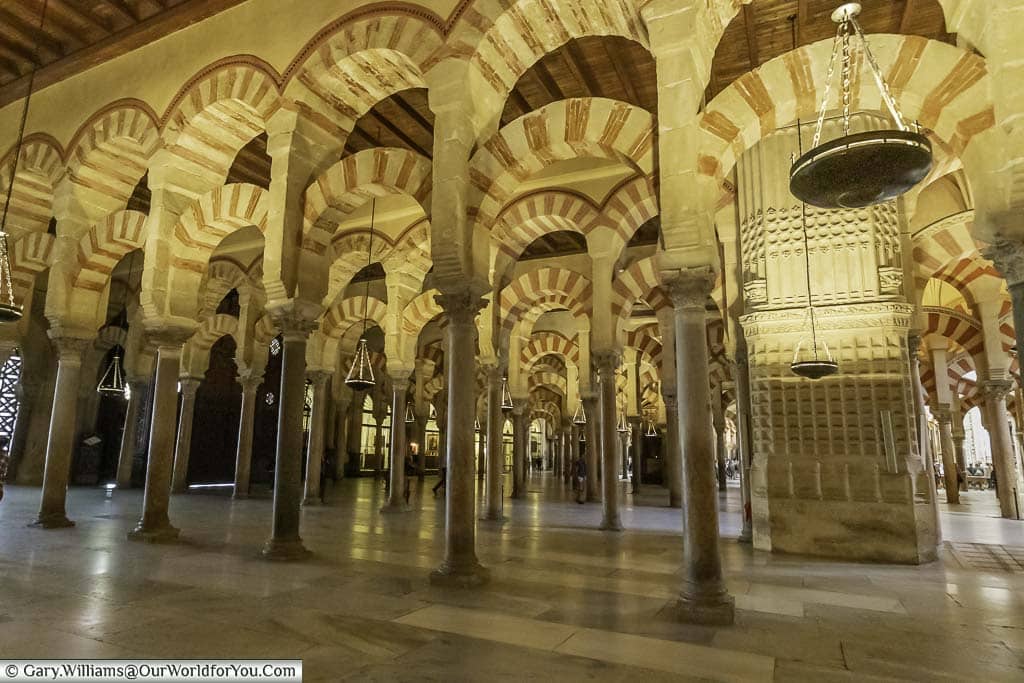
The historic centre of Córdoba was inscribed on the UNESCO World Heritage List in 1984.
Although it isn’t just the Mosque-Cathedral on the list, also included are other ancient sites around the historic city, AIcázar de Los Reyes Cristianos and the Roman bridge across the River GuadaIquivir.
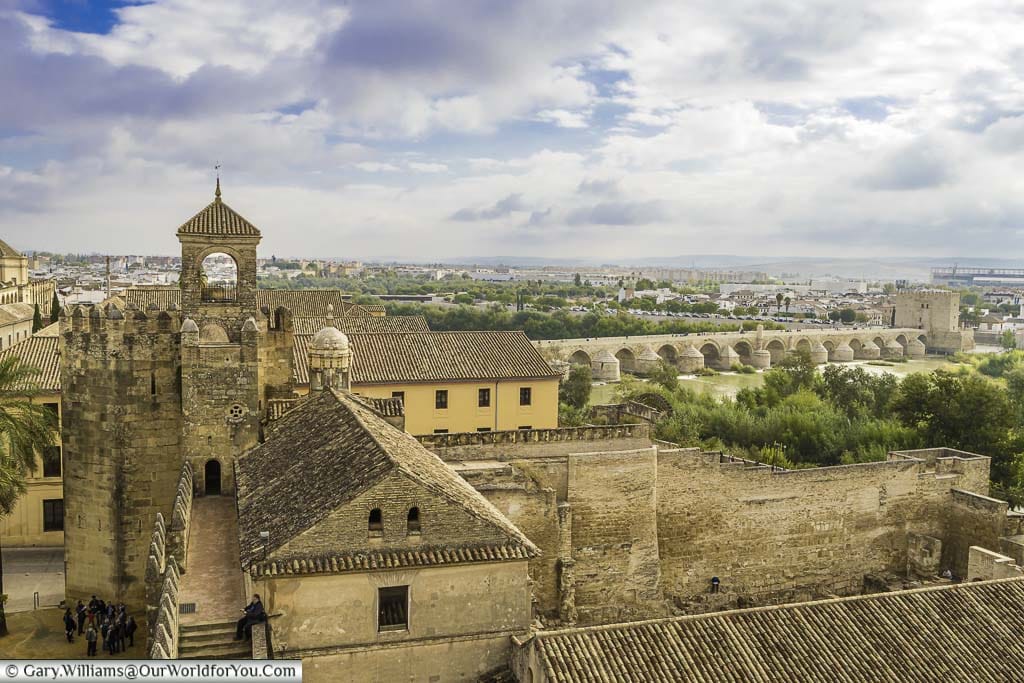
Where to stay in Córdoba
We love Seville, and it's a great base to explore Andalucía, I love nothing more than planning a trip and so often I use the DK Eyewitness books. I find them extremely informative, easy to follow and the pictures and maps tempt you into discovering more.
We used a previous version of this book to plan our southern Spanish road trips, now you can grab the revised copy.
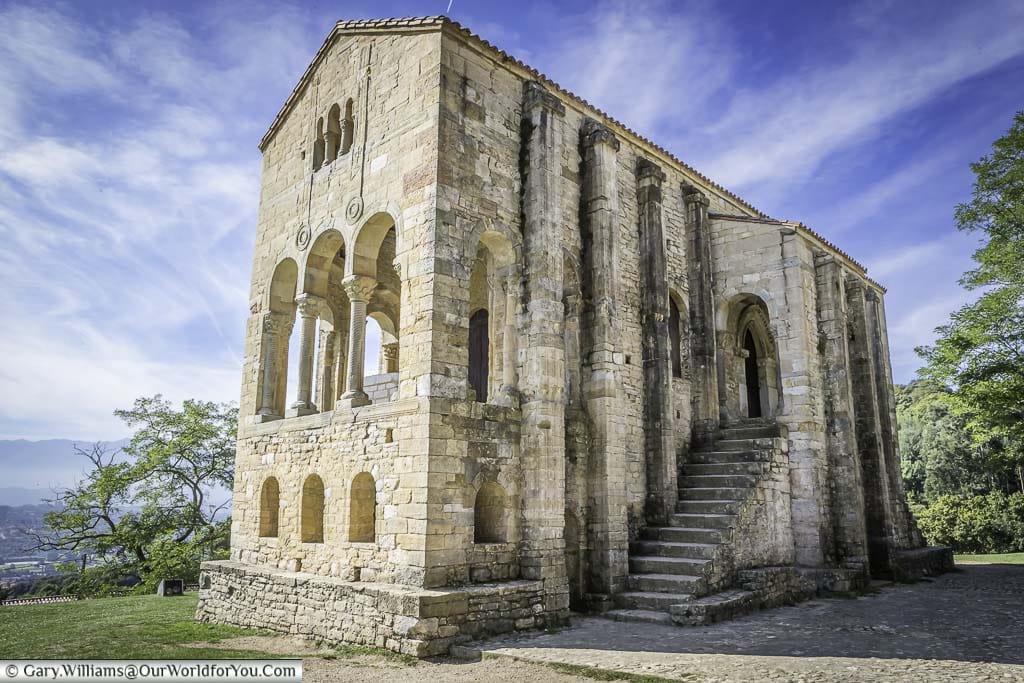
Nearby and still heading up Mount Naranco is the church of San Miguel de Lillo and also part of Oviedo’s UNESCO site.
If you keep climbing higher, you then get an incredible view across the Asturias countryside of northern Spain.
Where to stay in Oviedo
Create your own Spanish Road Trip
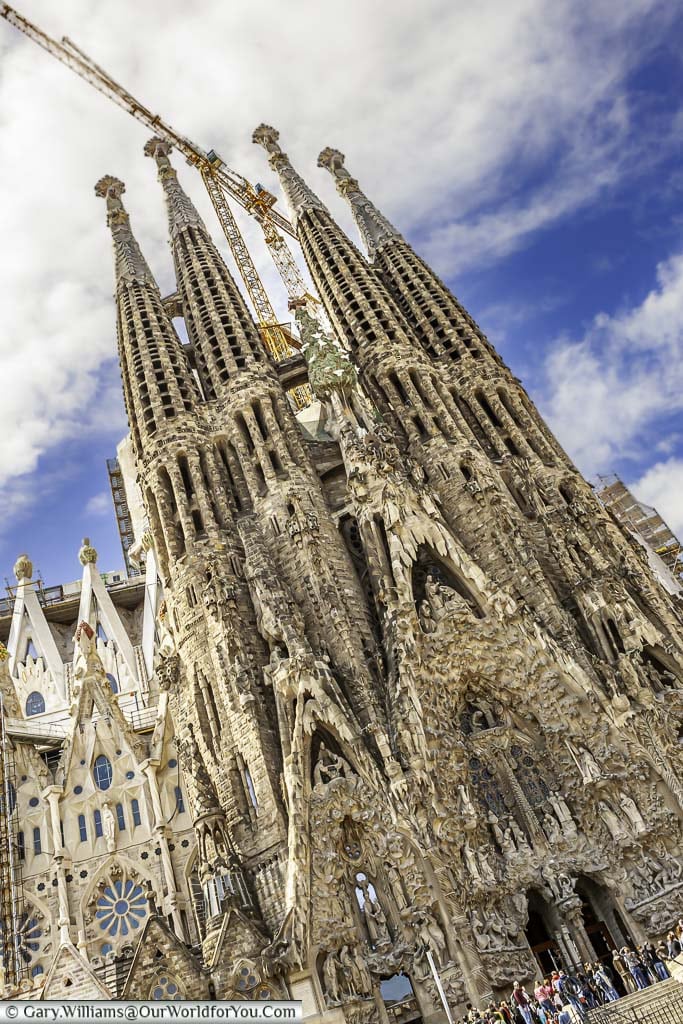
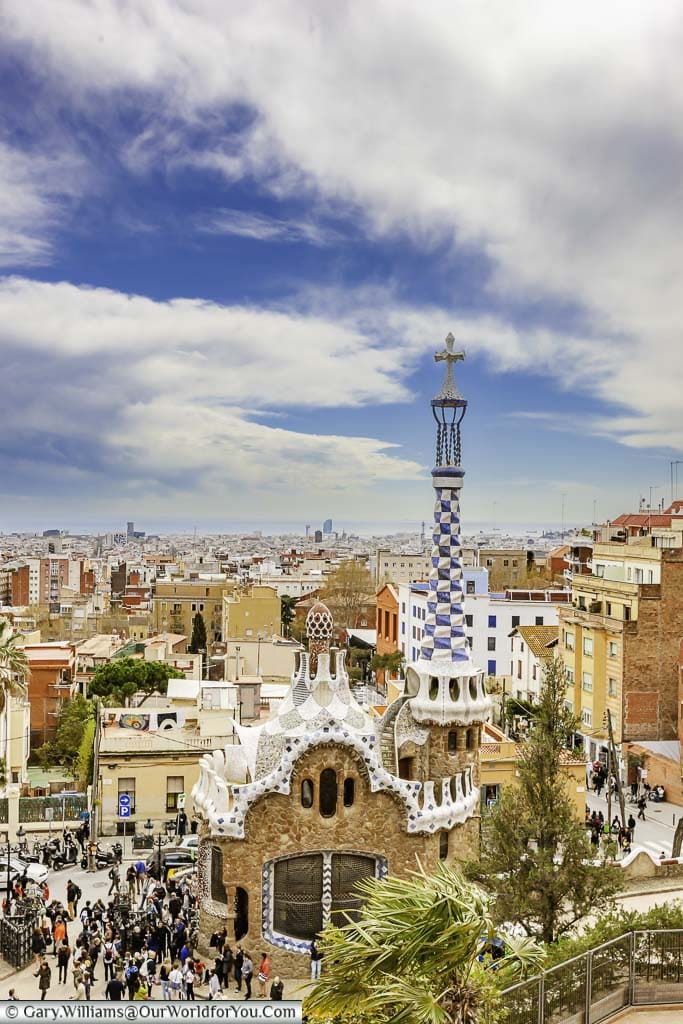
Take a wander around sunny Barcelona to find Park Güell, Casa Milà-La Pedrera and Sagrada Família, just three of the seven properties on the UNESCO World Heritage List.
This has to be fun, jump on an eScooter and take a 2 ½ hour guided tour of Gaudi’s masterpieces.
Where to stay in Barcelona
For our mini break to Barcelona, we chose the rather opulent Hotel Neri Relais & Chateaux, in the quiet lanes in the old town of Barcelona. It was close to the Cathedral, the Rambla and the harbour.
It offers first-class service, as you would expect.
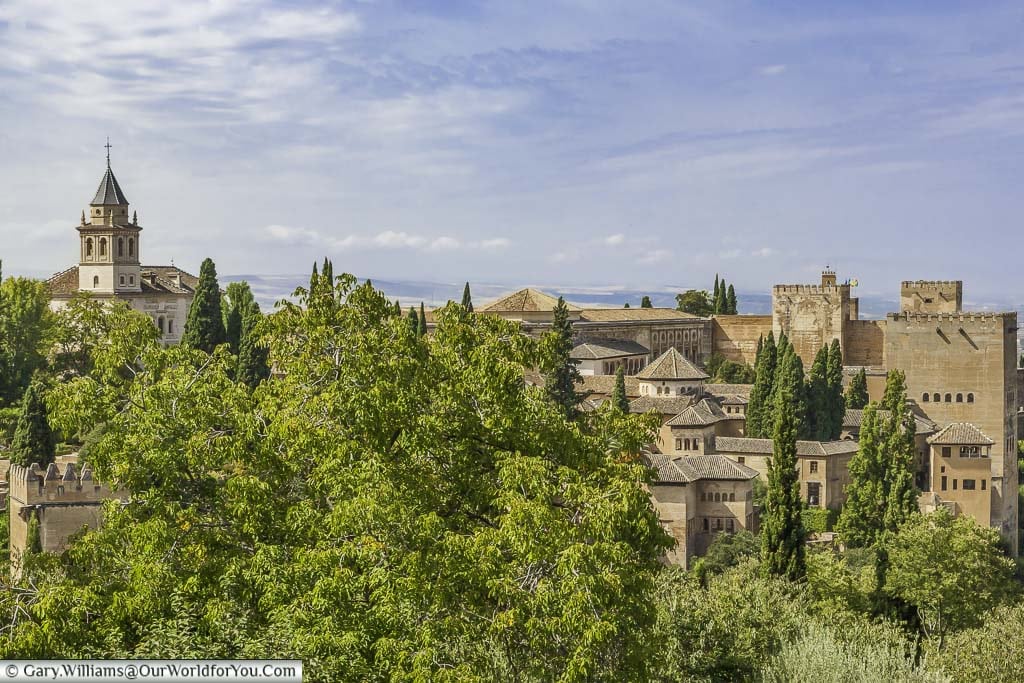
Nevertheless, we were still able to tour the grounds and the castle, which were delightful, and you’d spend hours just visiting these on their own.
So, don’t make the same mistake as us, grab your ticket in advance and jump the queues.
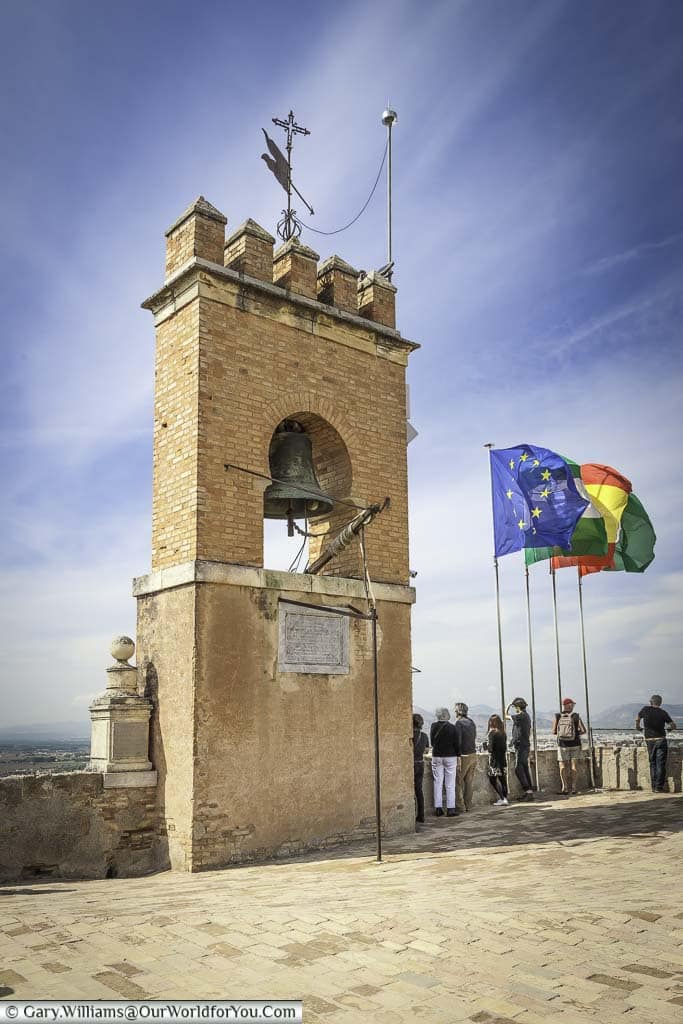
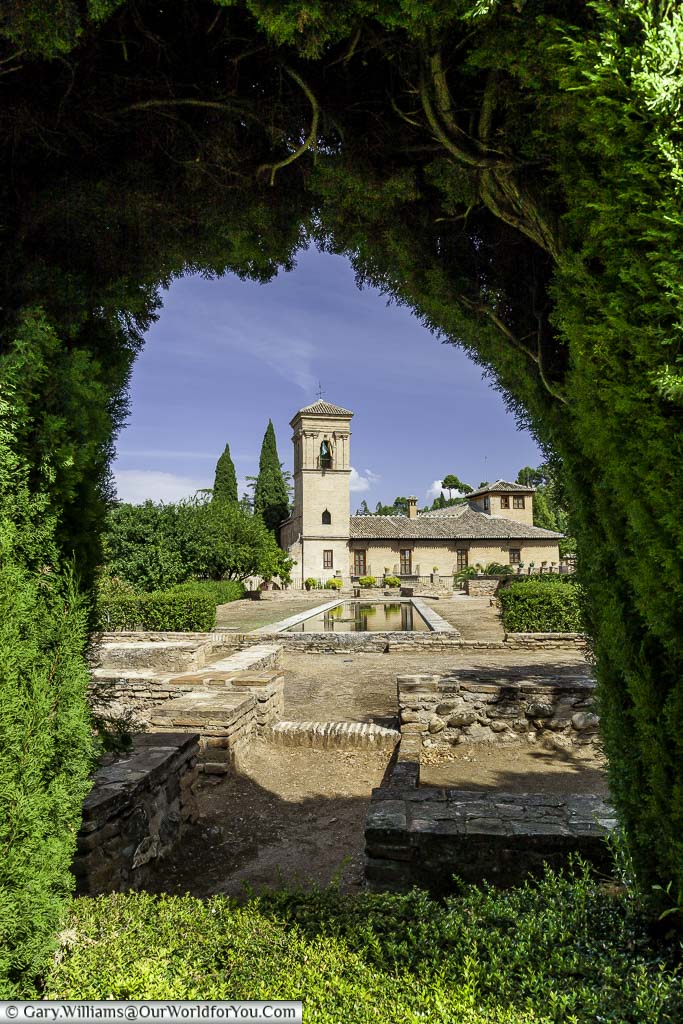
Where to stay in Granada
For our stay in Granada, we chose the exquisite Hotel Palacio de Santa Paula, part of the Autograph Collection, centrally located and close to the Cathedral. Quiet, relaxing and a wonder place to come back to at the end of the day exploring.
Off-site, secure parking was available at an additional cost.
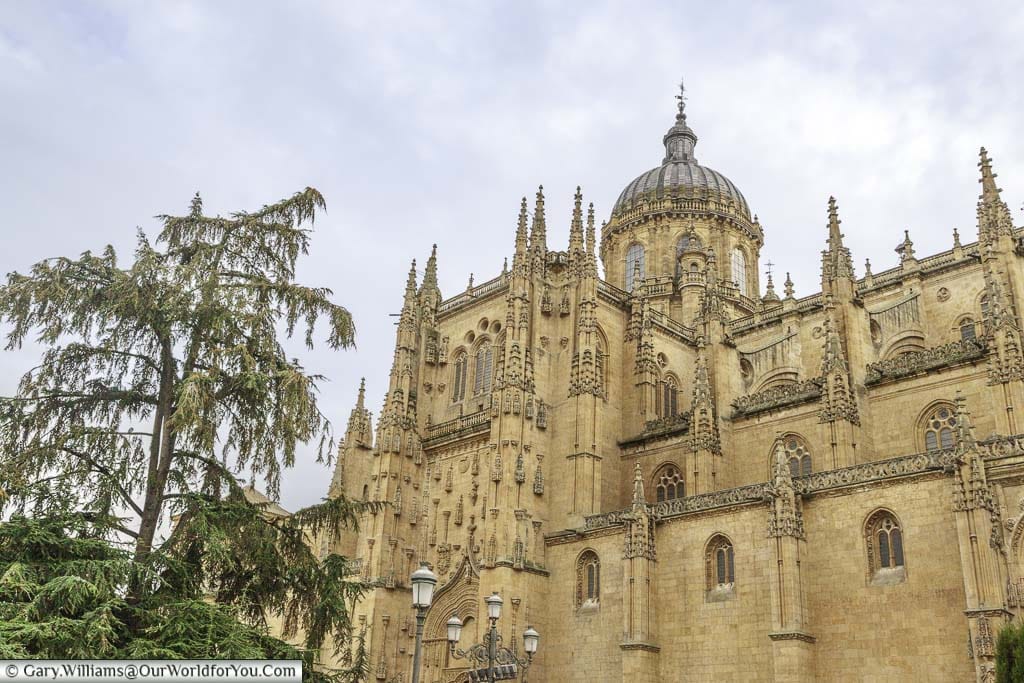
Where to stay in Salamanca
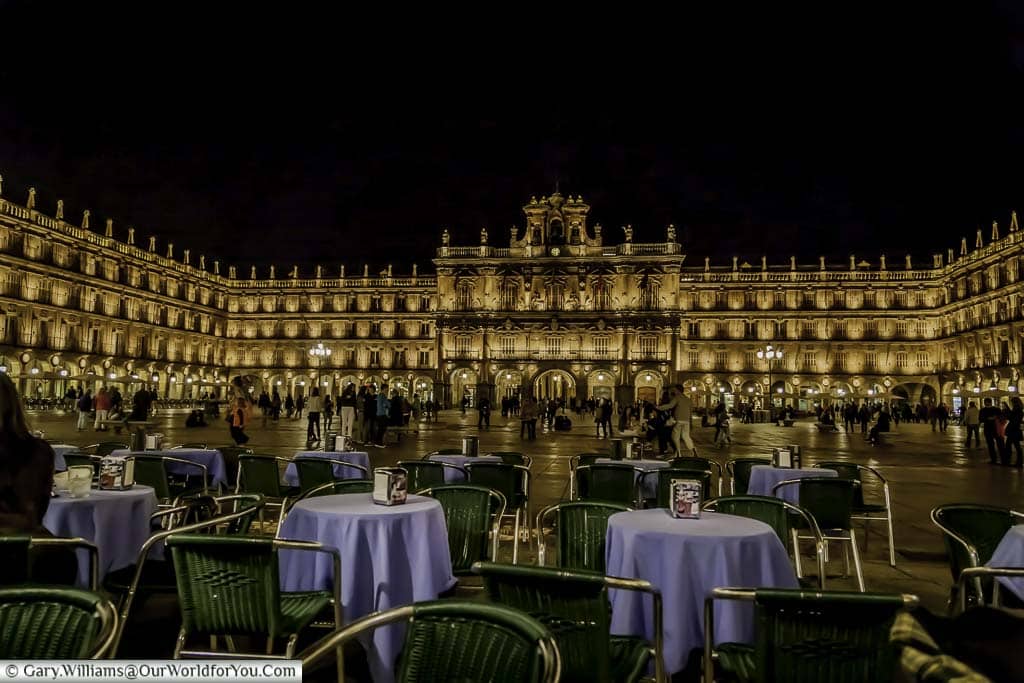
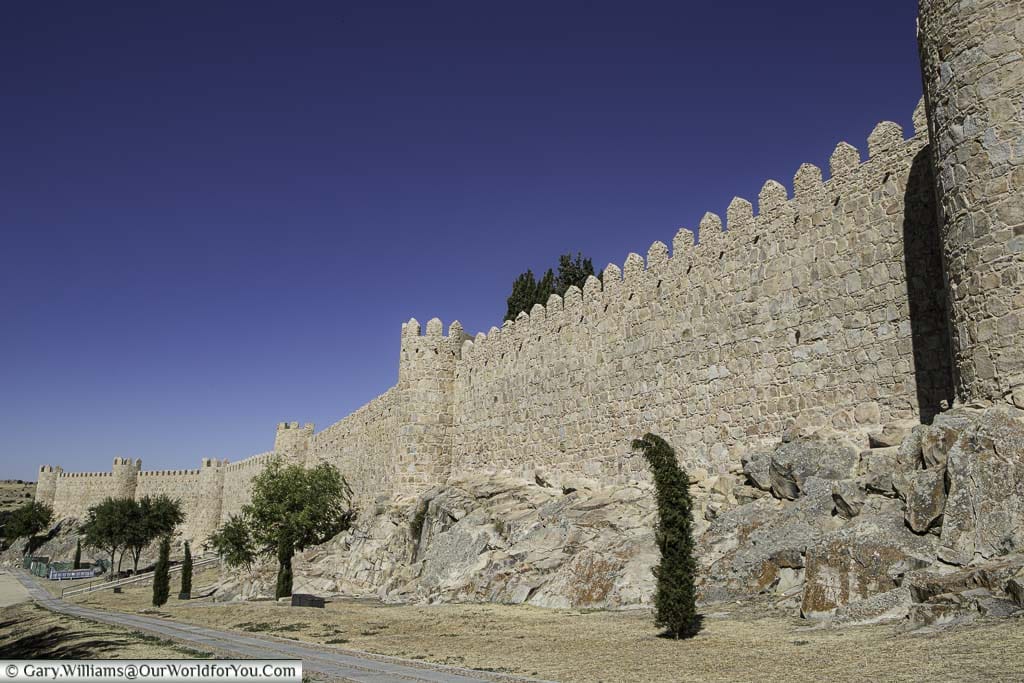
The Old Town of Ávila was inscribed onto the UNESCO List in 1985. There are plenty of historic buildings still within the walls, including the ancient Gothic cathedral and four Romanesque churches.
Why not jump on a guided tour and combine a visit to Salamanca and the walled city of Ávila and discover their history?
Where to stay in Ávila
There are so many incredible places to discover in Spain and I love planning road trips. I often use the DK Eyewitness books, I find them extremely informative, easy to follow and the pictures and maps tempt you into searching for more.
We used a previous version of this book to plan our Spanish road trips, now you can grab the revised copy.
More of UNESCO Spain
This is just a taster; we have another eight locations for you to explore in Spain in a post entitled - 'UNESCO World Heritage sites to visit in Spain – Part 2'. Why not check it out if?
Of course, we also listen - what other UNESCO sites in Spain should we include on our next visit to Spain? why not leave us a comment below?
* This post may contain links to affiliated sites where we earn a small commission at no additional charge to you.
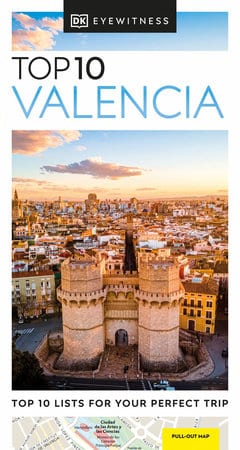
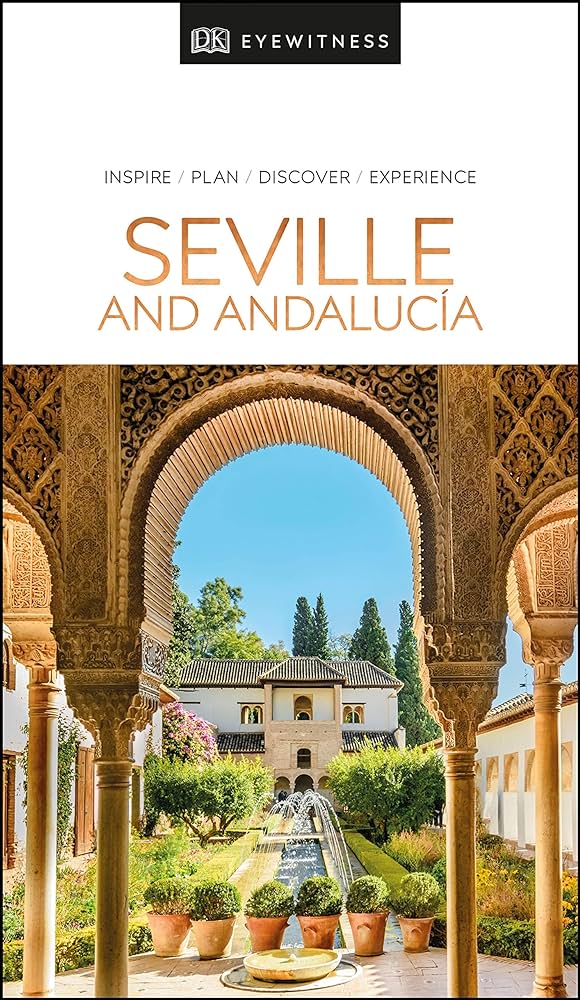
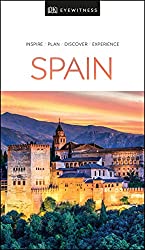
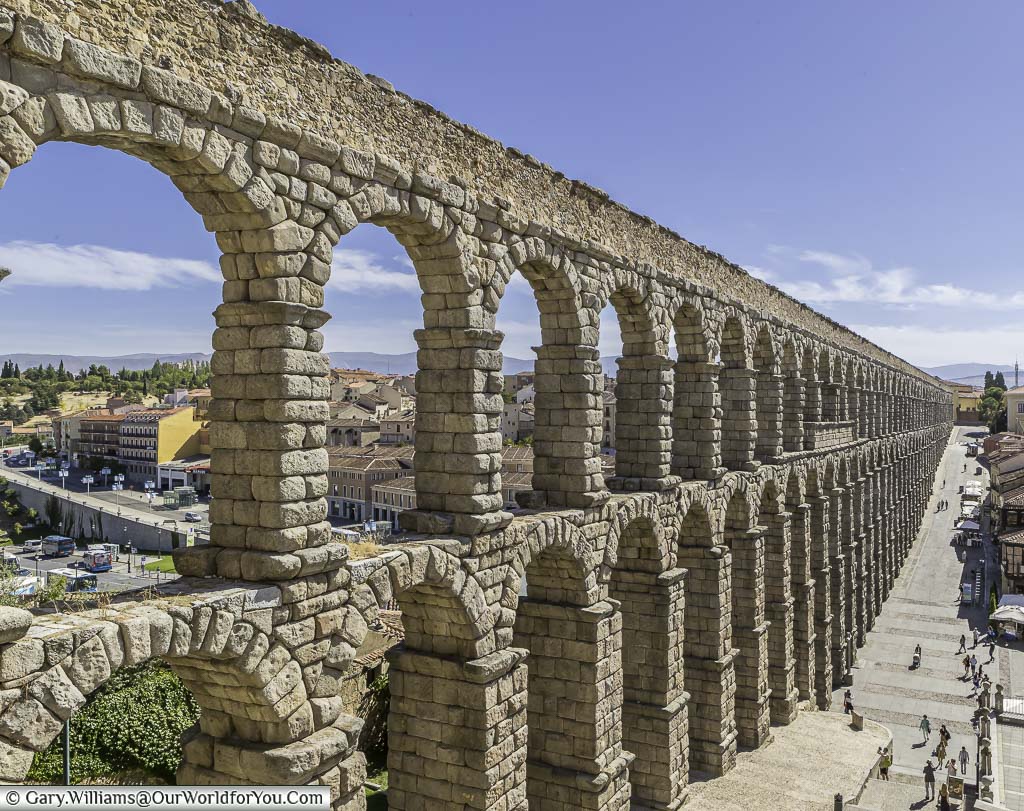

This is really a great content to read, the images are just amazing simply a treat to your eyes. Thanks for the share. Cheers!!
Thanks very much for your kind comments, there are so many wonderful UNESCO sites in Spain that we have another post coming out on Friday with even more.